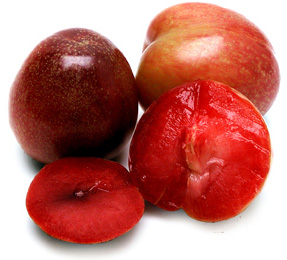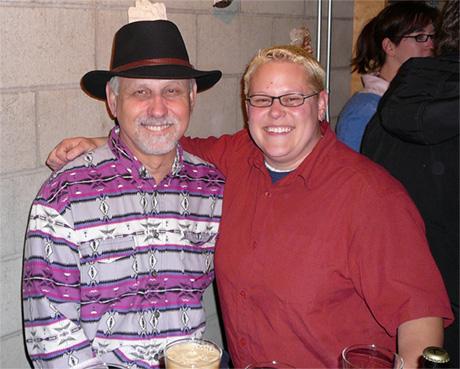Saturday afternoon there was a fun little event at the fabulous new City Beer Store, dubbed Chanukah vs. Christmas — because marketeer extraordinaire Jeremy Cowan, founder of He’Brew, was behind it. Essentially it was just an opportunity to taste around thirty different winter beers, including He’Brew’s Jewbelation 10th Anniversary Ale (last year’s beer) and He’Brew’s Jewbelation 11th Anniversary Ale on Rye. Craig and Beth, who own City Beer Store, put on a great event and the place was packed.
As for the beer, it was nice to see that about a third of the beers were from Belgium and included a few I hadn’t tried before. Standouts among the imports included St. Feuillien’s Cuvee Noel, the Delirium Noel and, of course, Samichlaus.

City Beer Store owner Craig Wathen, holding a magnum of 1994 Anchor Christmas Ale, and Jeremy Cowan, holding a bottle of He’Brew’s 11th Anniversary Ale.
For more photos from the Chanukah vs. Christmas Beer Tasting, visit the photo gallery.










